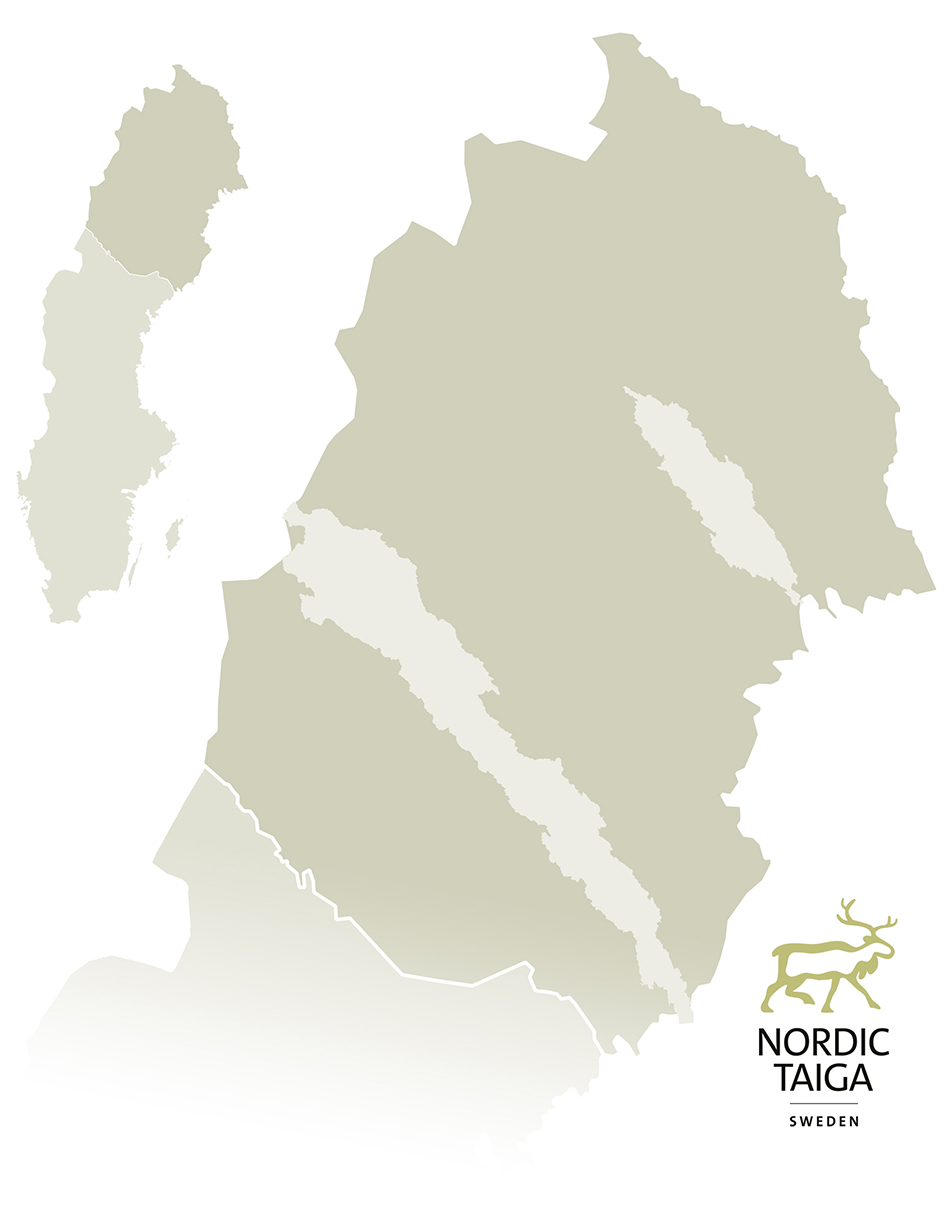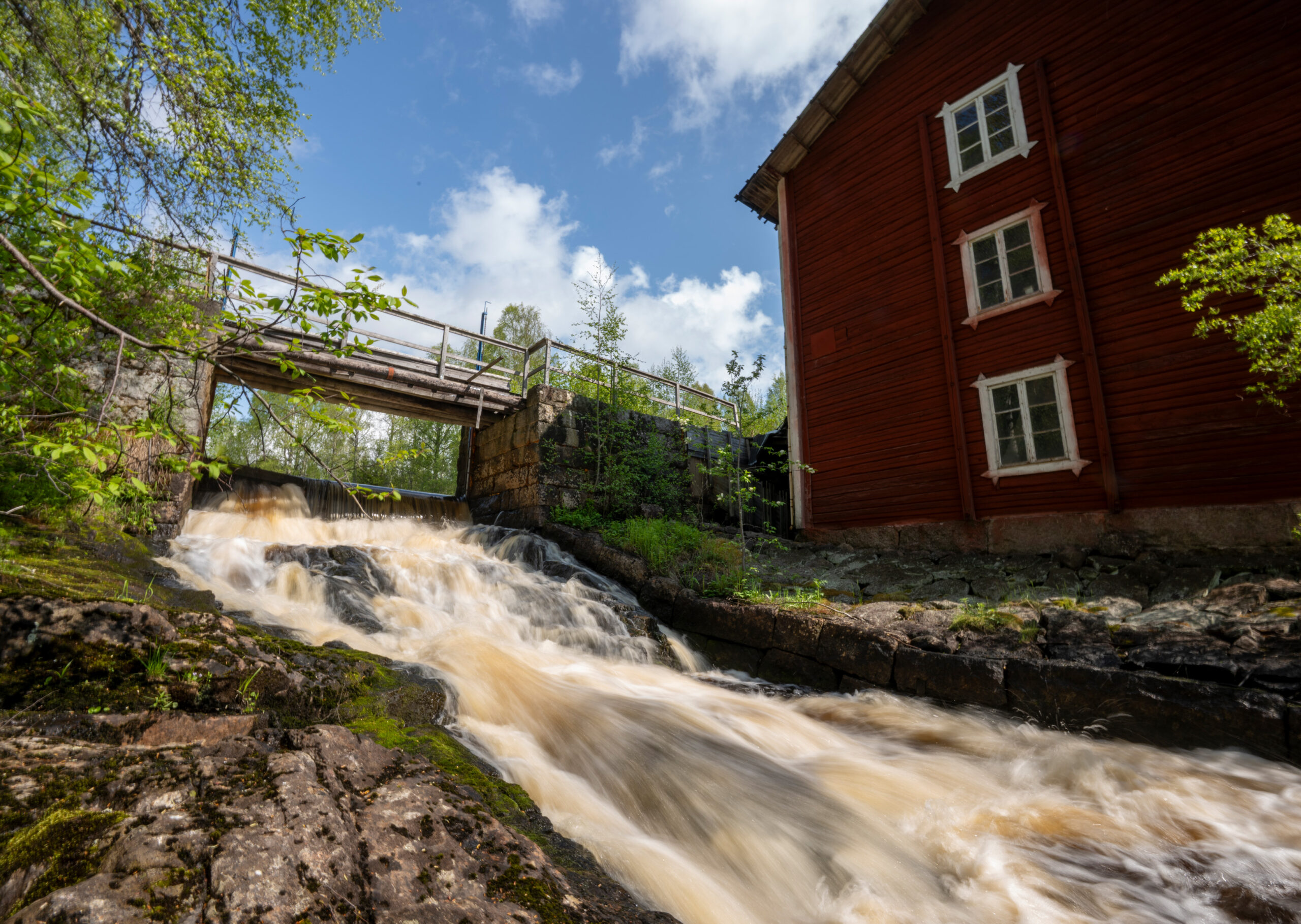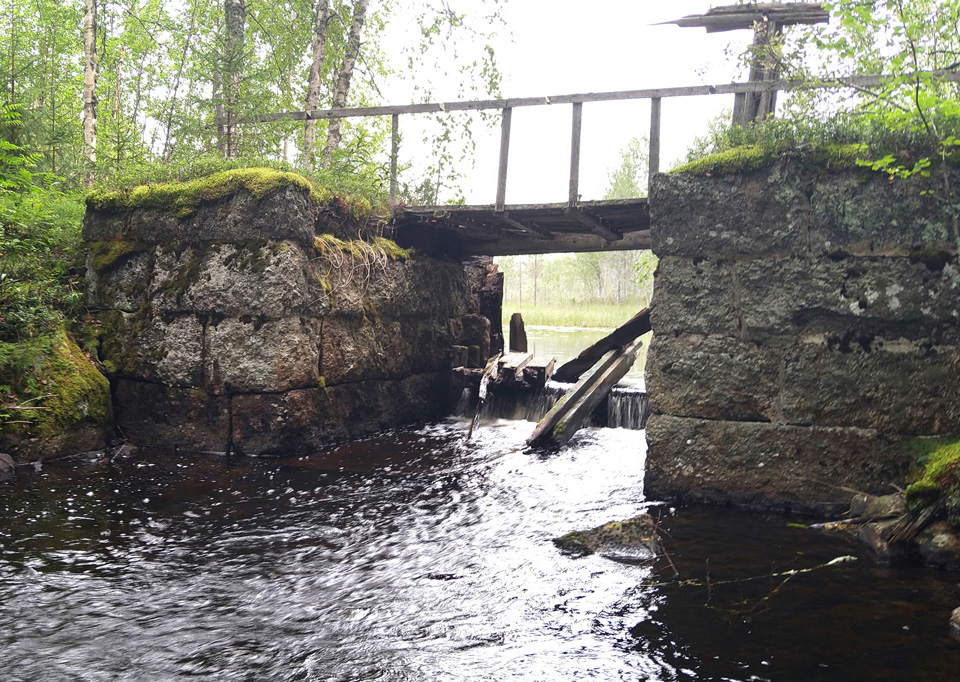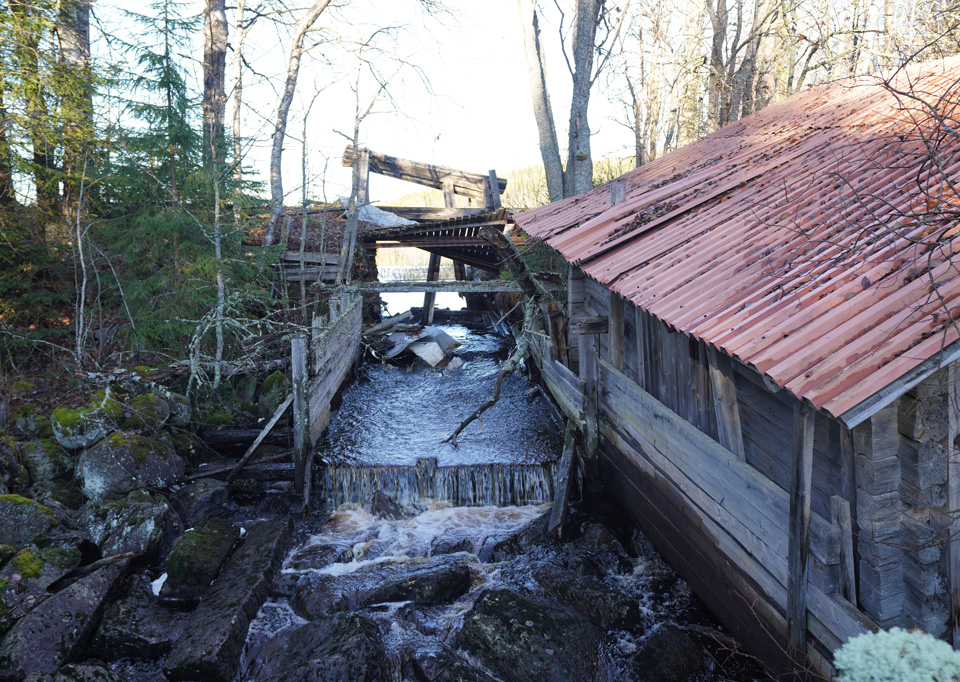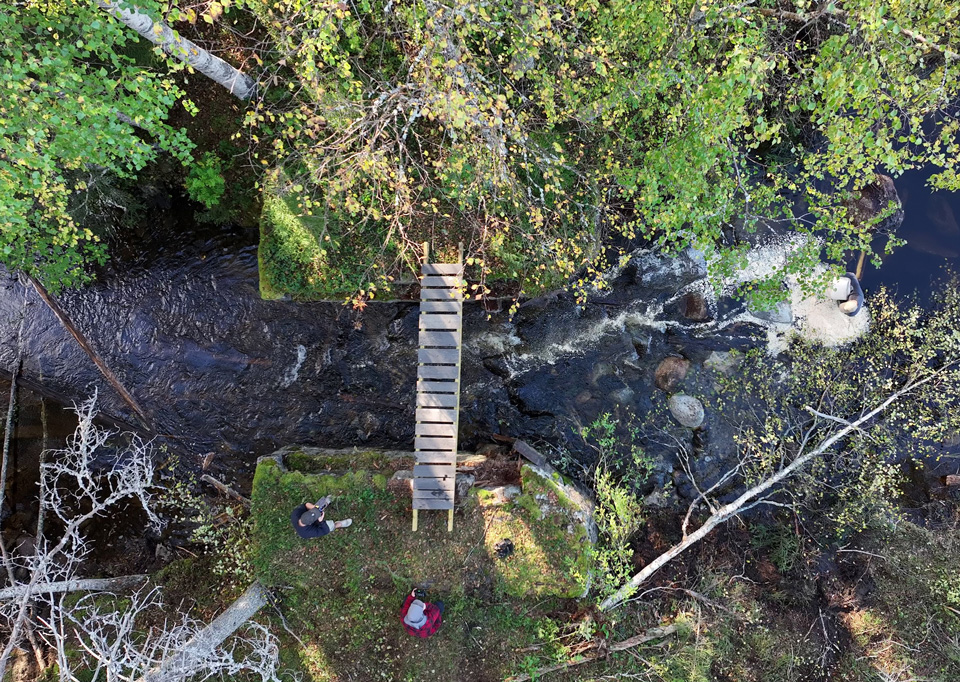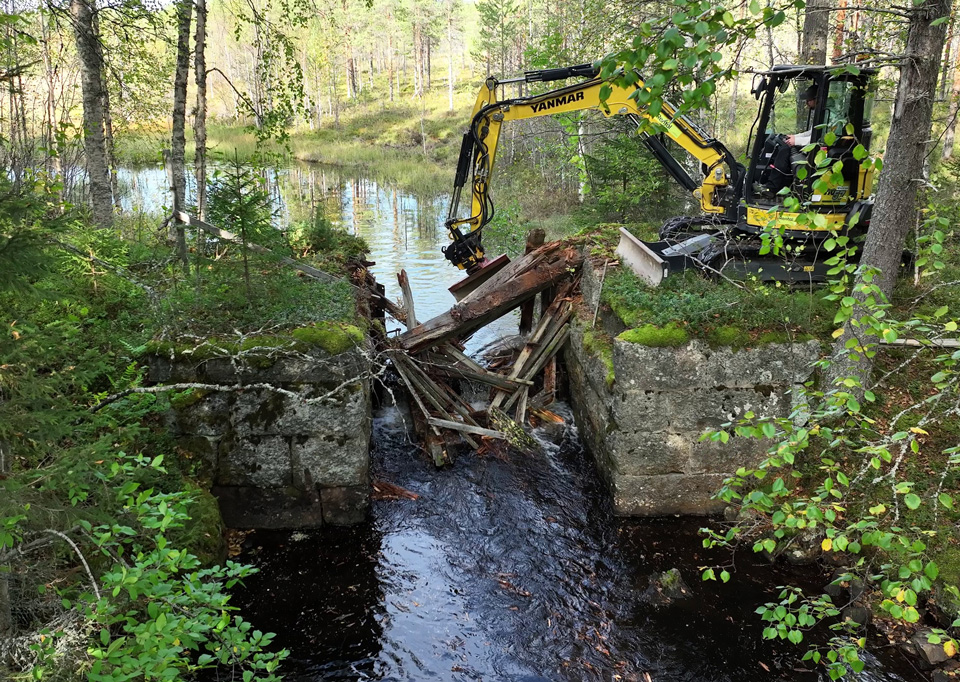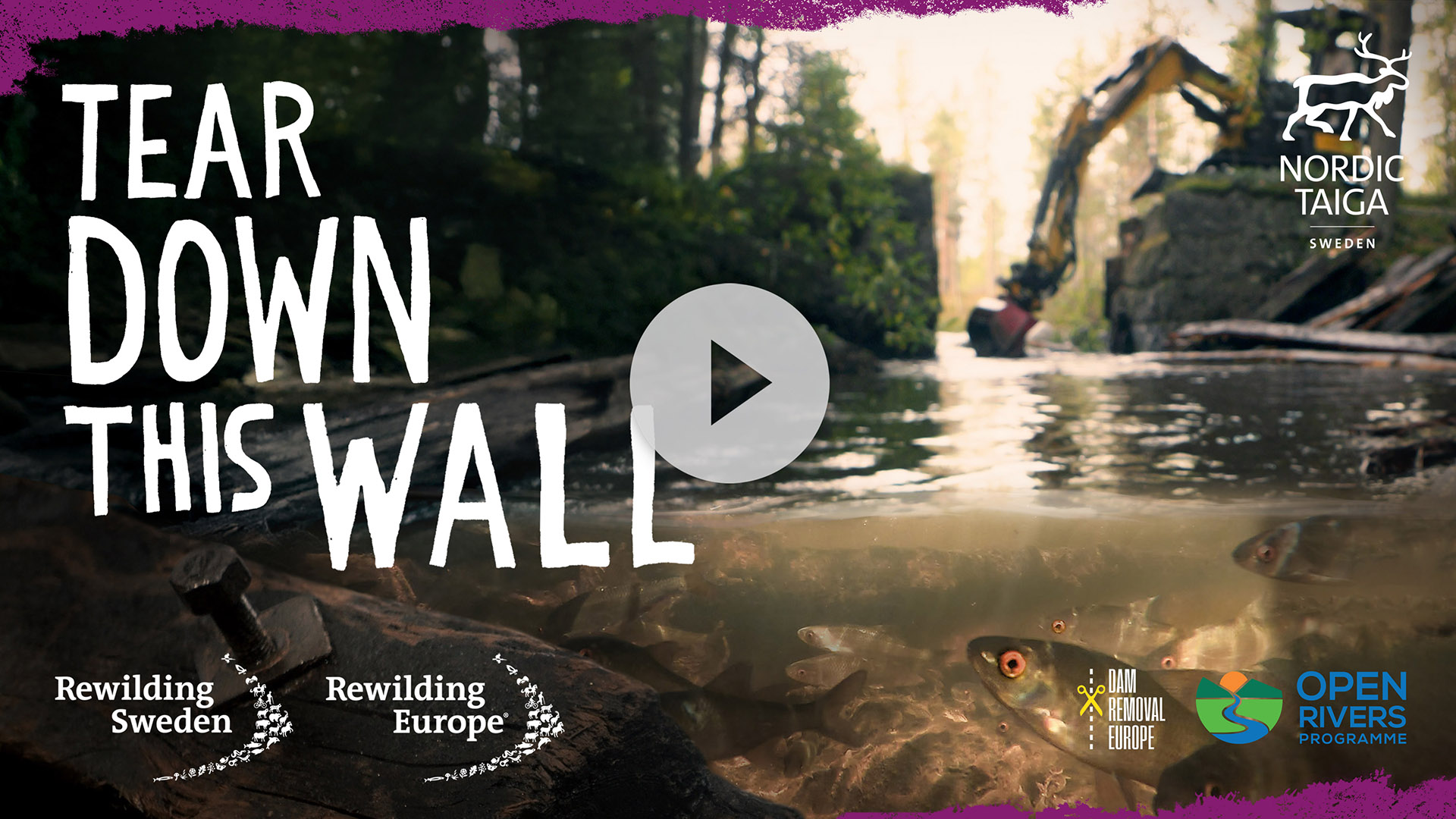Background to the initiative
In Sweden’s Nordic Taiga, forestry has long shaped both the landscape and its rivers. From the 19th century through much of the 20th, before forest roads were widely developed, waterways served as transport routes for logs to coastal sawmills. Rivers were straightened, boulders removed or blasted with dynamite, and natural obstacles cleared to ease timber floating. Logging first targeted forests along main rivers, and as these were exhausted, both channelisation and harvesting extended into tributaries and small streams. To make these minor waterways suitable for log driving, thousands of small dams were built to store snowmelt water, which was then released during spring to create short bursts of higher flow. Although timber floating has long ceased, many of these obsolete dams remain – fragmenting river systems and blocking the movement of fish, aquatic insects, sediment, organic matter, nutrients, and seeds. Later, additional dams were built for hydropower. While Sweden’s largest facilities play a role in energy production, over 90% of the country’s hydropower dams are small and contribute minimally. Many are no longer in use. Compounding the problem of river fragmentation, road culverts were installed without ecological consideration – often too narrow or elevated – creating thousands of additional barriers to aquatic connectivity.
Rewilding Sweden’s initiative Liberating Rivers focuses on removing these barriers and restoring natural flow dynamics in boreal catchments. Reconnected rivers improve habitat, species migration, and ecosystem functions – revitalising biodiversity and resilience in the living waterscapes of the Nordic Taiga.
Funding: Open Rivers Programme, County Administrative Board of VästerbottenCollaborating organisations: Vindel River Fishery Council
